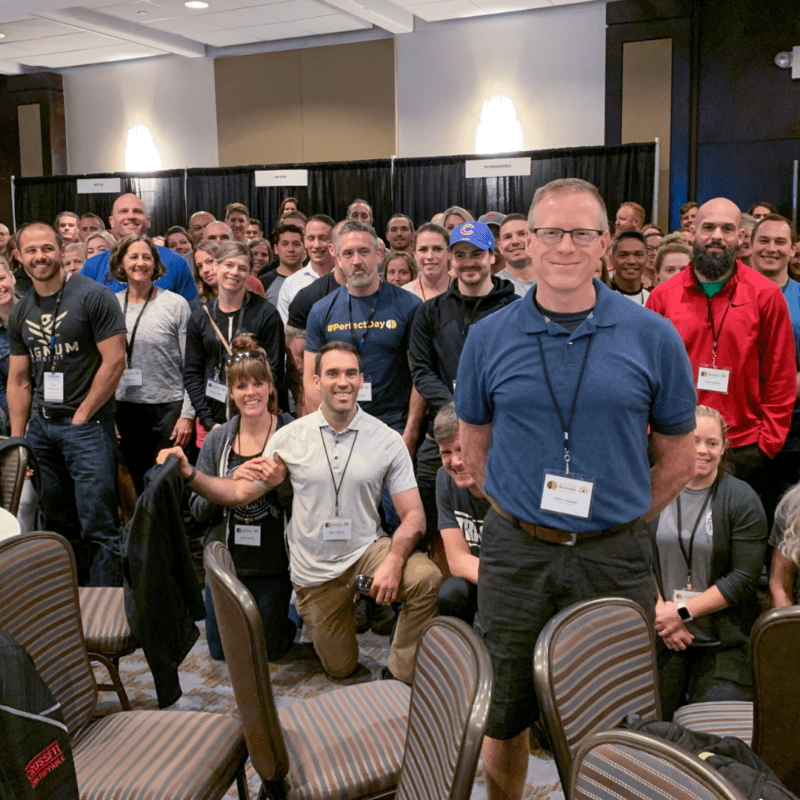Have you ever seen geese flying south for the winter? They organize themselves in giant Vs in the sky. The front goose flaps hard; the rest benefit from their slipstream. In cycling, we call that “draft”, and it’s surprisingly powerful. When I ride right behind a tall guy, with my wheel inches from his, I can travel at the same speed with 30% less effort. You’ve probably seen this in the Tour de France, or with geese: one works hard, then drops to the back to rest and the next takes their place in the pace line. In business, there are really two Vs that create a slipstream for everything else: Vision and Values. Your job as CEO is to set the vision, and constantly reinforce it with your staff. That way, when someone else takes their turn at the front, they can keep the flock pointed in the right direction. Your other job is to make sure your values align with each staff member. Because if they don’t, you’re going to have problems that grow over time. Here’s how Vision and Values align (or don’t) with your staff: If your team clearly sees your vision and shares your values, you’re going to go far in the same direction. And you’re going to make life easier for each other. Moving clockwise to the bottom right quadrant: If you share the same values, but have a different vision for your business, it isn’t always bad: maybe they want a gym focused on training athletes, and you want a gym focused on health. You might eventually compete; or you might cross-refer. That’s up to you as a leader. Different vision, different values: this is just a job to them. They might work as a placeholder for the short periods, and that’s fine. Just make sure they aren’t keeping a better candidate out of an important seat. Same vision, different values (top left): the most common outcome is that they leave ...
Read More →
